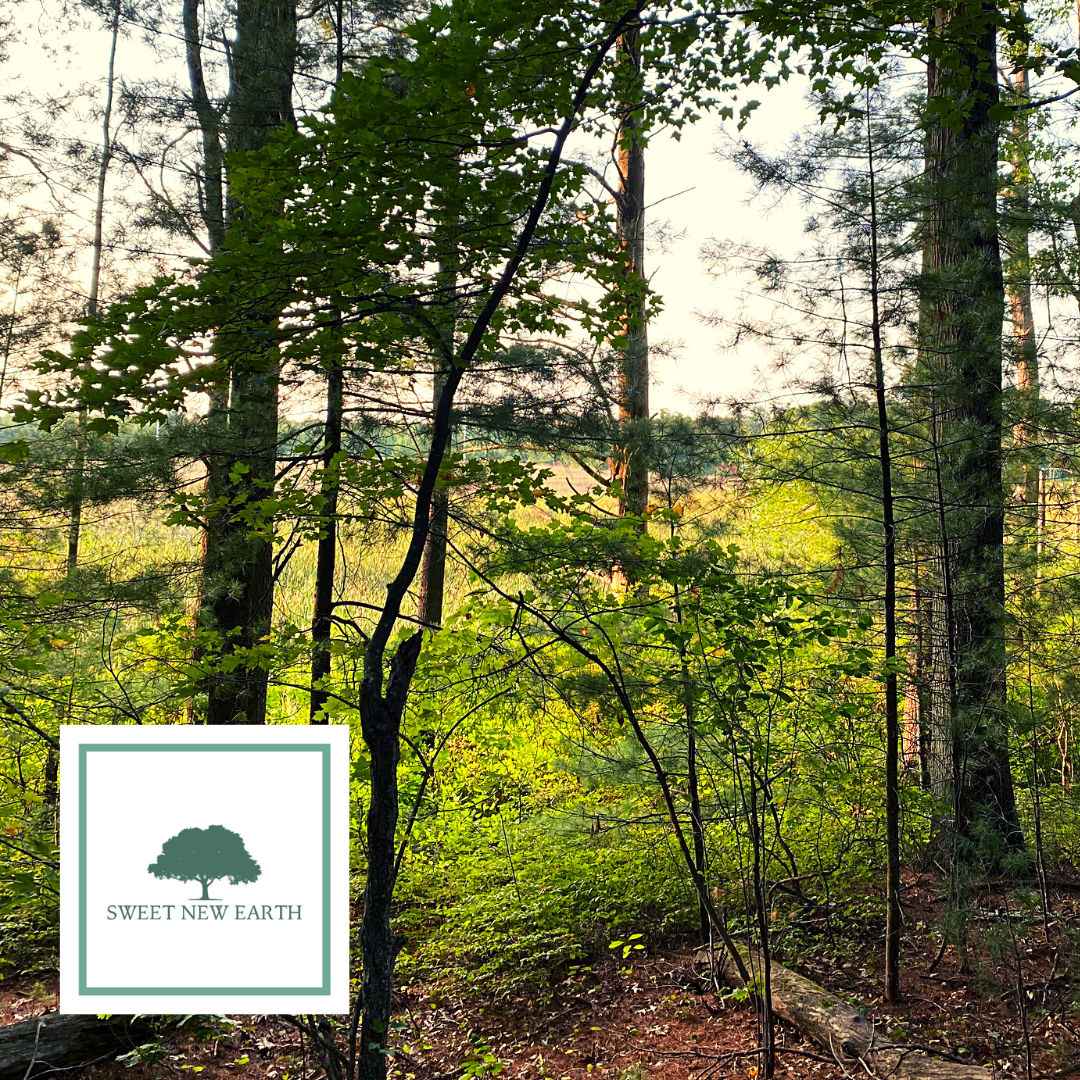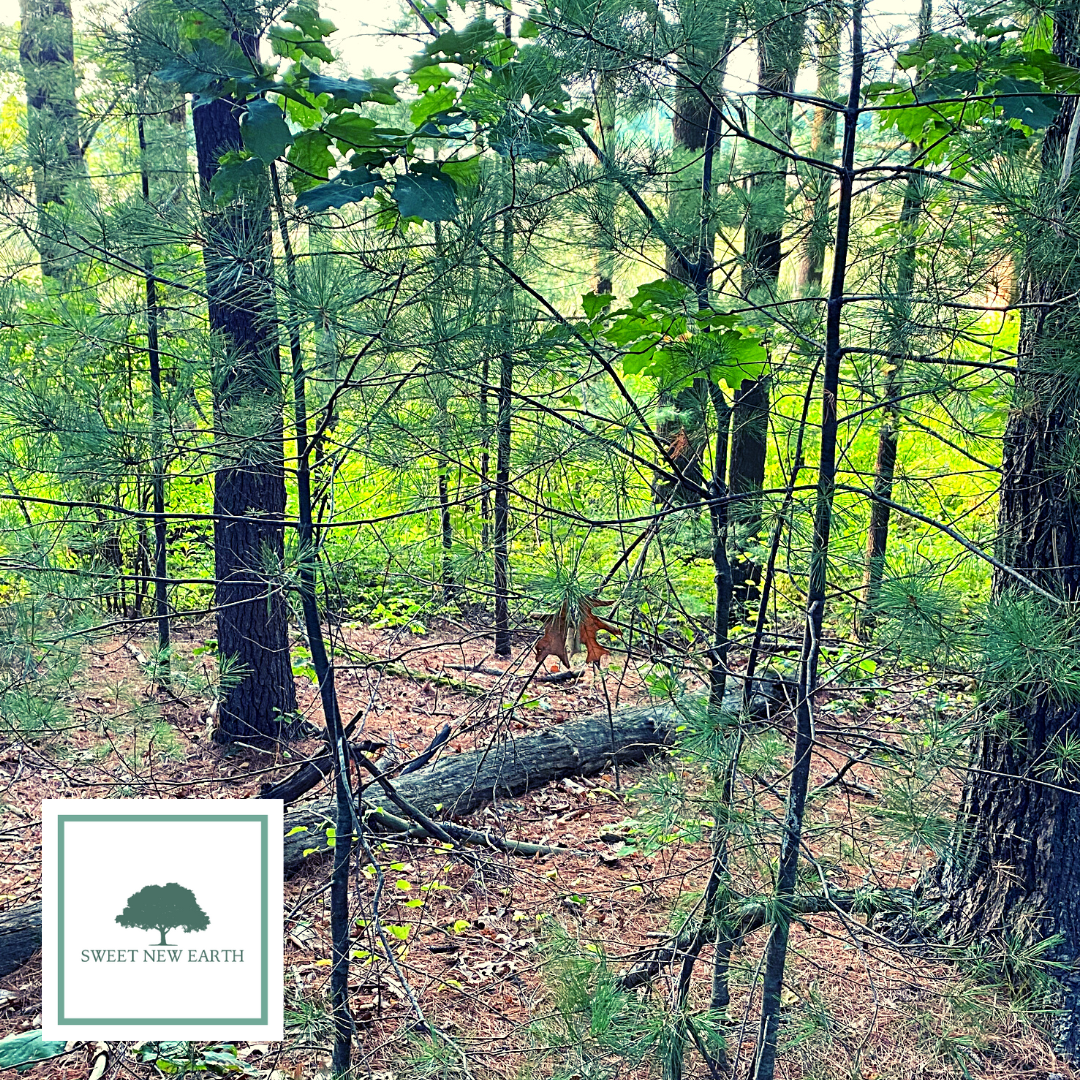Evergreen vs. Deciduous Trees

The key difference between evergreen and deciduous trees is how they handle their foliage. Evergreens keep their leaves year-round, while deciduous trees shed theirs in the fall and enter dormancy for the winter. But that’s just the beginning—explore the rest of the article to discover more key differences between these two tree types.
Table of Contents
Evergreen vs Deciduous Trees: The Main Differences

You ever wonder what the differences are between evergreen and deciduous trees... other than the leaves? What lies beneath the bark? Check out our side by side comparison below.
| Evergreen | Deciduous |
|---|---|
| Maintain leaves year-round | Lose their leaves in Autumn |
| Grow in less harsh environments | Grow in harsher environments |
| Increased energy usage/requirements in fall and winter months (to maintain pines) | Reduced energy usage/requirements in fall and winter months |
| No spike in energy levels after harsh winter months | Spike in energy levels after harsh winter months (to regrow) before growing season |
| Thinner leaves/pines | Broad leaves |
| Softwood timbers | Hardwood timbers |
| More commonly grown in rain forests | More commonly grow in temperate forests |
| Evergreens have diminished survival capabilities in normal deciduous environments | Deciduous trees have better survival capability in normal evergreen climates |
| Flowering happens when leaves are present | Flowering usually occurs when these trees lose their leaves |
| Structurally stronger leaves | Structurally weaker and disposable leaves |
| More defensive leaves to discourage herbivores | Less defensive leaves (as the leaves will be dropped) |
The plant kingdom has an endless amount of different species and varieties of species and the deciduous and evergreen trees are a wonderful part of that infinite spectrum. Each plant has evolved over millions of years to adapt to a certain climate and therefore, a different way of living.

What is an evergreen tree?
Evergreen trees and evergreen plants are species of the plant kingdom that, as the name implies, stay green all year. They don't seasonally shed leaves and there is a large degree of variation in the evergreen tree species. Mostly, they include both conifers and angiosperms.
What is a deciduous tree?
Deciduous trees shed their leaves and unneeded parts seasonally. A deciduous tree has more effective levels of photosynthesis due to its broader leaves but at the same time is more susceptible to things like wind damage or winter snow. Dropping their leaves in the winter is a survival mechanism to better combat tougher climates but also to protect them from lower levels of water or predators.
The Most Obvious Differences
The most obvious difference between these two types of plants is always going to start with their foliage. Deciduous trees are known to shed their leaves in colder months while evergreens are known to keep foliage all year.
Not only that, but the actual size and shape of the foliage is another obvious difference. For most species, one can quickly recognize the distinct structural difference between deciduous and evergreen leaves. Deciduous trees tend to be larger, broader leaves where evergreens have smaller, thinner leavers (often called needles).
Evergreens are more adapted to survive when nutrient levels in the soil are minimum. That being said, the nutrient requirements of evergreens is higher during bad weather conditions because evergreens have to keep their foliage alive.
For deciduous plants, this nutritional requirement is elevated after harsher times (like Winter) because they need to regrow their foliage.
An interesting fact about evergreens versus deciduous trees is that evergreens have compounds within their leaves to protect them against herbivory. Evergreens adapted to have a longer leaf span.
Deciduous trees don't have these compounds, and spend no extra nutrients or energy trying to defend their leaves because their leaves are meant to be fall off.
Each plant has distinct adaptive capabilities across a variety of habitats. It's possible for both to survive in the same environments through entirely different mechanism.
Striking the Balance
Just like any other plant, trees too must strike the perfect balance between obtaining nutrients, photosynthesis and avoiding the drying out of their tissue (desiccation).
When there are harsh environments, such as shortened day length, less nutrients or a lack of water, deciduous trees survive by dropping their leaves. Evergreens have evolved with mechanisms to lengthen their leaf life-span however they are much more susceptible to desiccation in the winter months. This is why you'll notice that, in winter months, when the soil is iced over, some evergreens grow closer to the Earth.
There are certain parts of the Earth where deciduous trees reign and others where evergreens are king. However, there is a significant portion where the trees overlap and coexist through their various survival mechanism and survive bad weather conditions.

Famous Evergreen Trees
- White pine
- Balsam Fir
- Red Spruce
- Hemlock
- Eucalyptus
Famous Deciduous Trees
- Sugar Maple
- Lilac
- Blueberry
- Shrubs
- Honeysuckle
Which One To Plant?
Depending on your location, or the aesthetic you are trying to achieve, you can decide the best front yard trees for your landscape. Deciduous trees are more flowery and colorful, whereas evergreens are more vibrant green and for privacy. It's up to you to decide.
FAQs
Conclusion
There you have it! Covered here are some of the main differences and similarities between deciduous and evergreen trees. As a side note, we are looking to cater our content more to what the audience desires. If you love reading about gardening or trees but want to read something more, be sure to send us an email with the topics you want to be covered on the website.
As always. if you enjoyed this article, be sure to check out some of our other guides on Sweet New Earth.
If you enjoyed this article...
Join our community!
Join to receive guides, insights, and the latest gardening deals!
